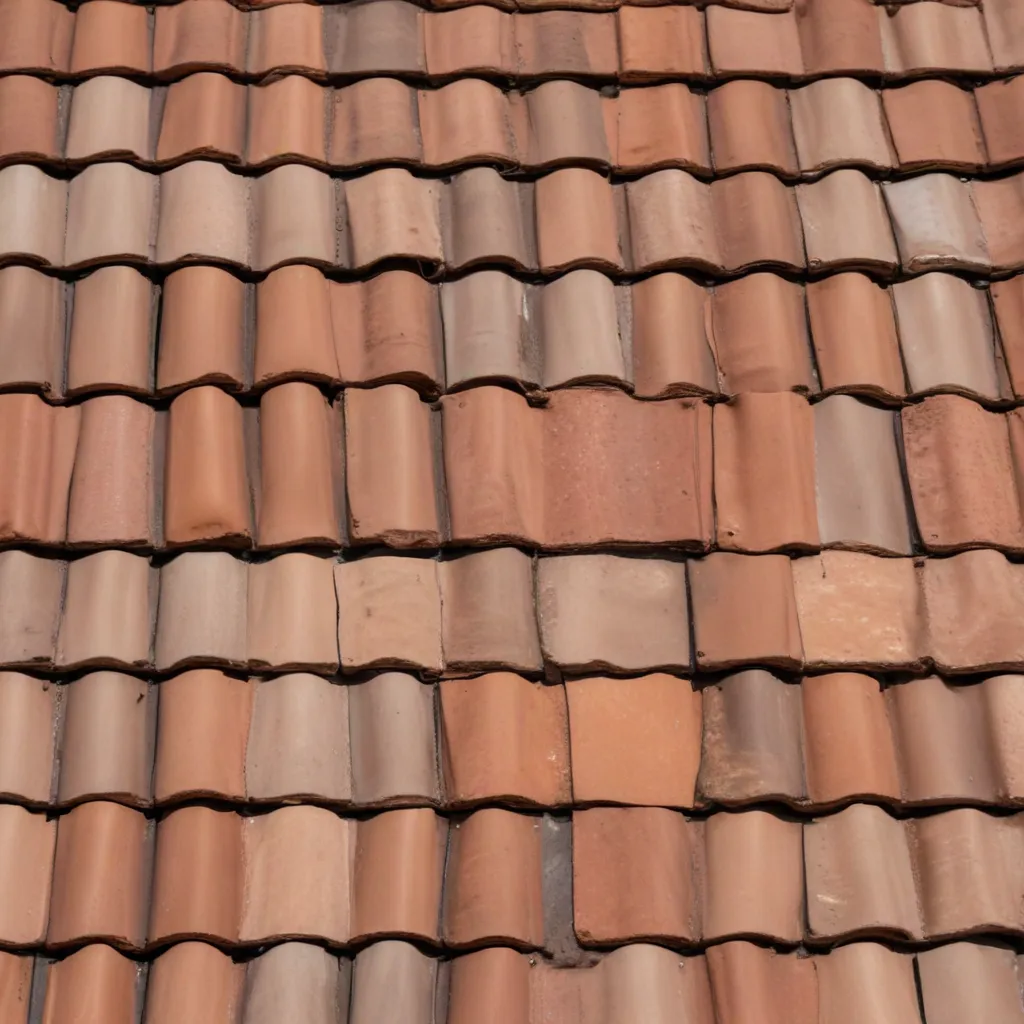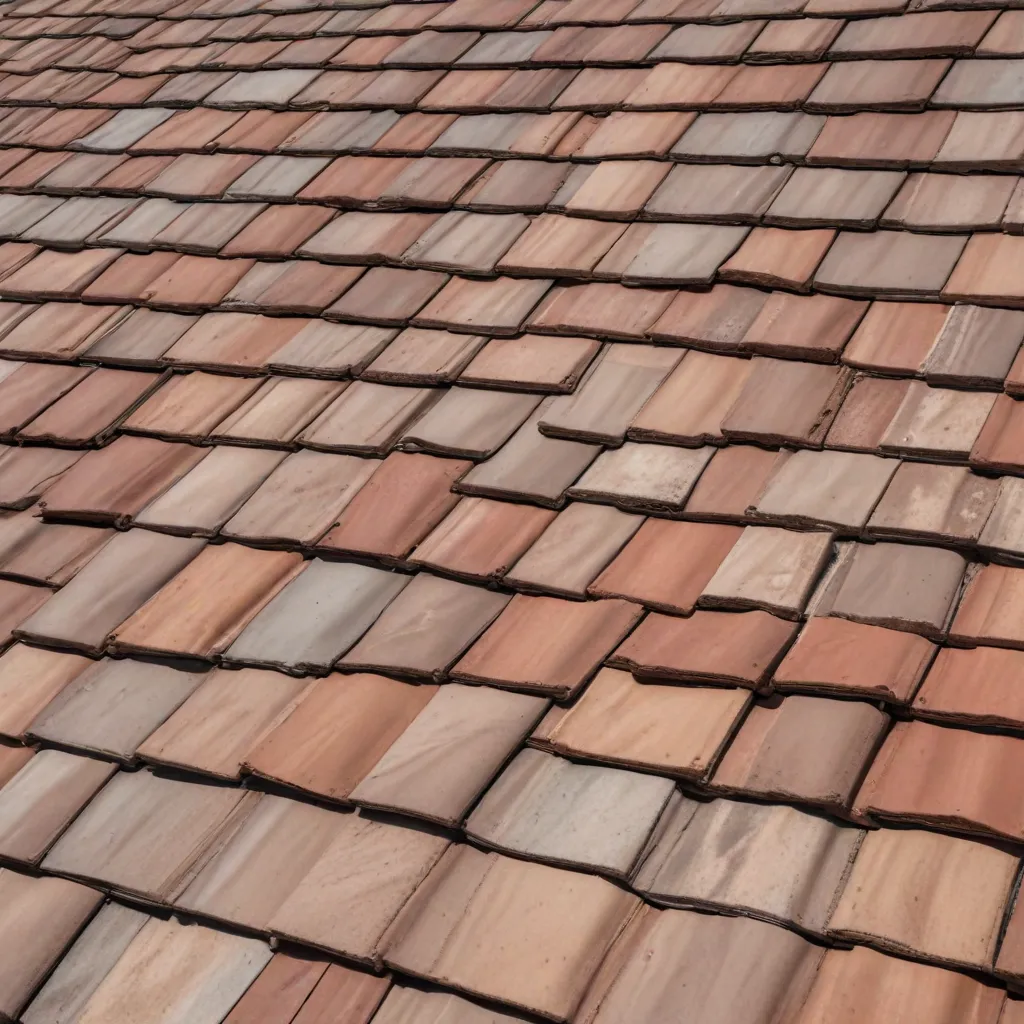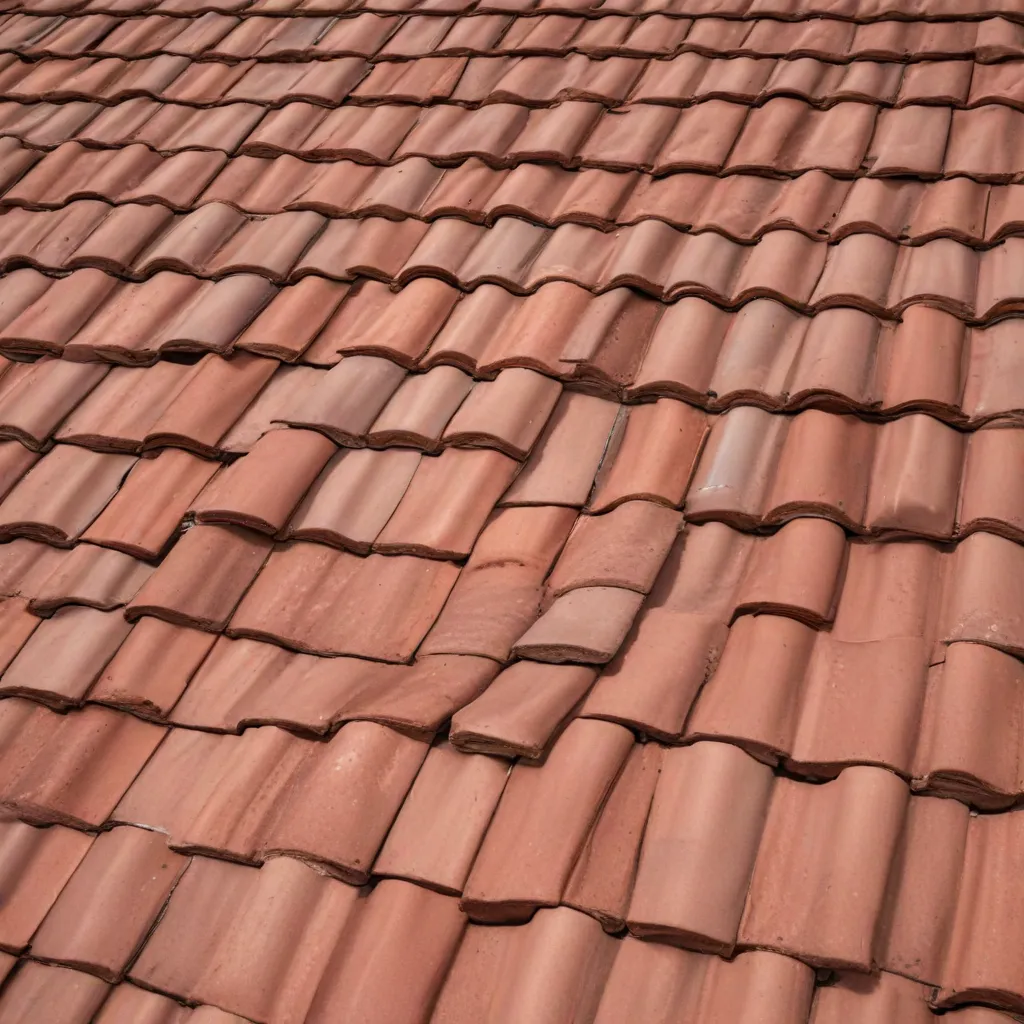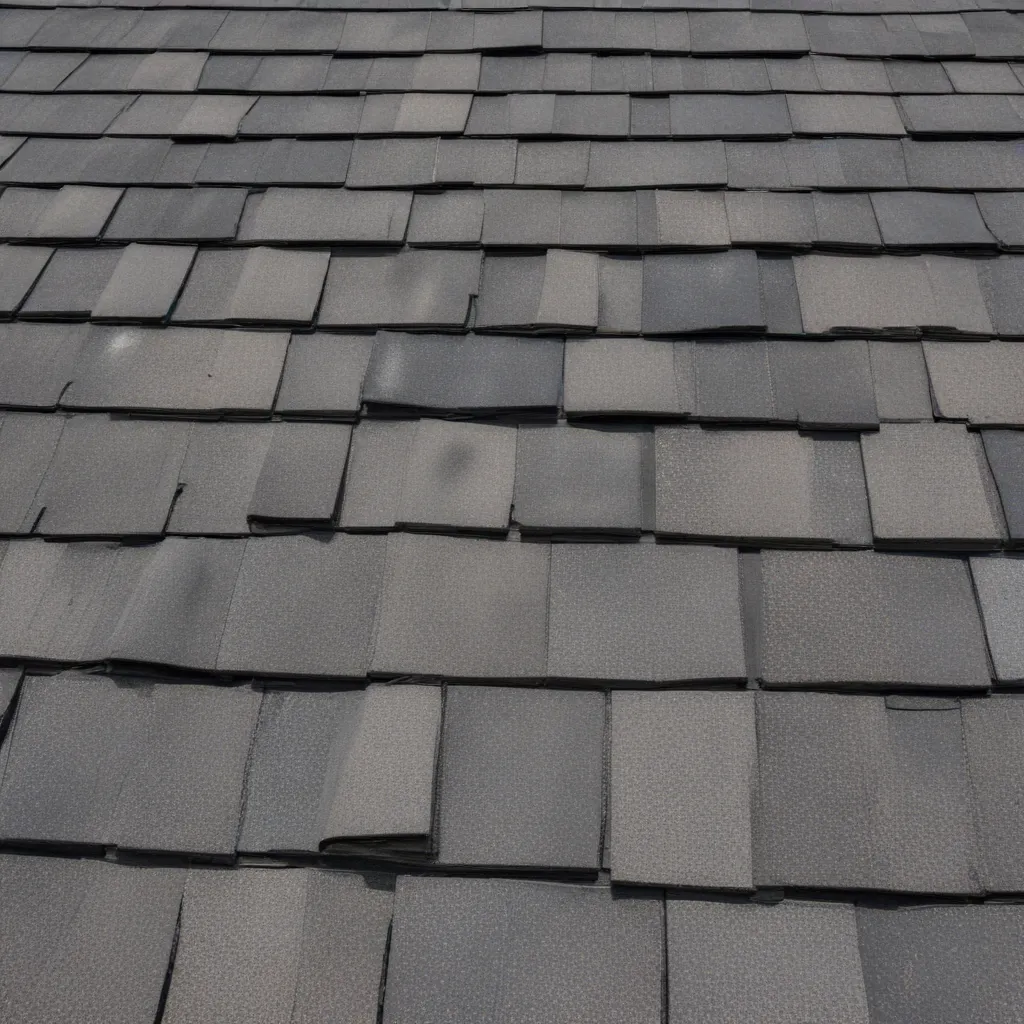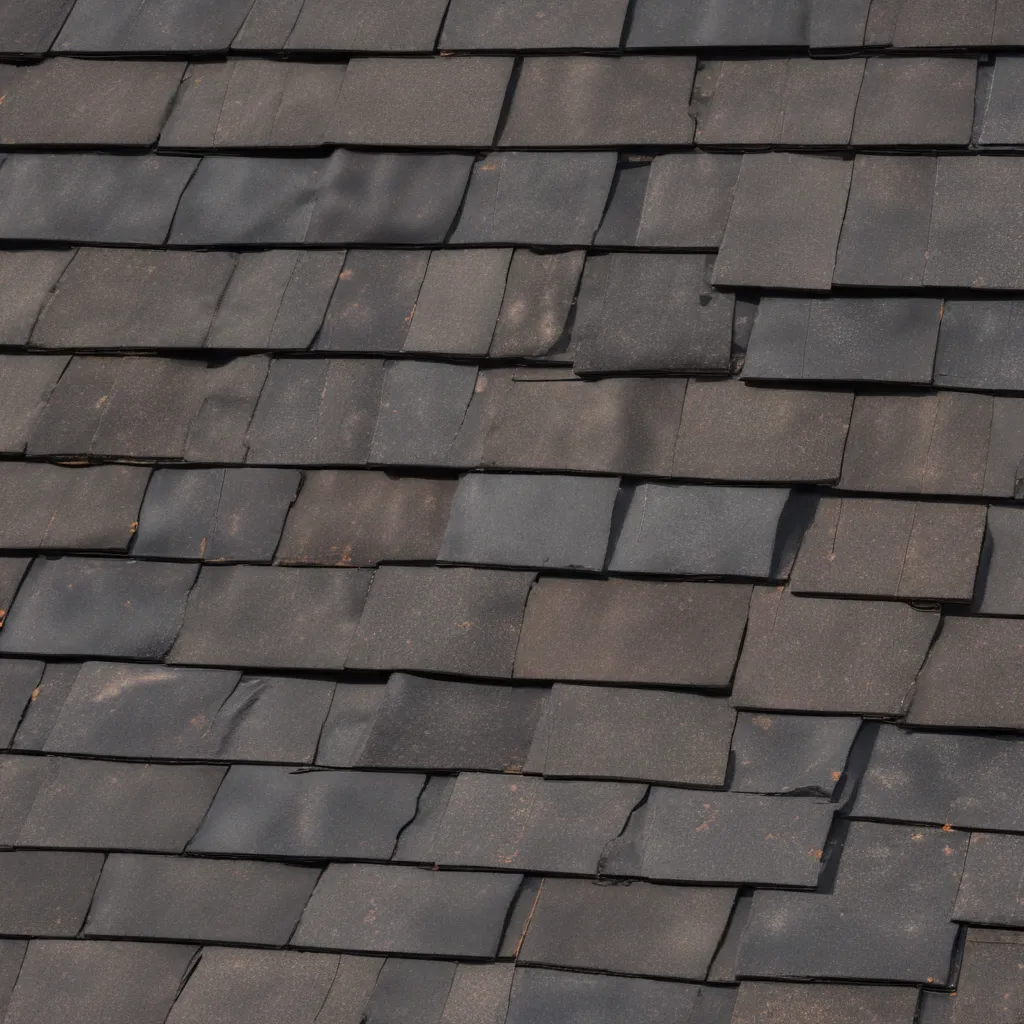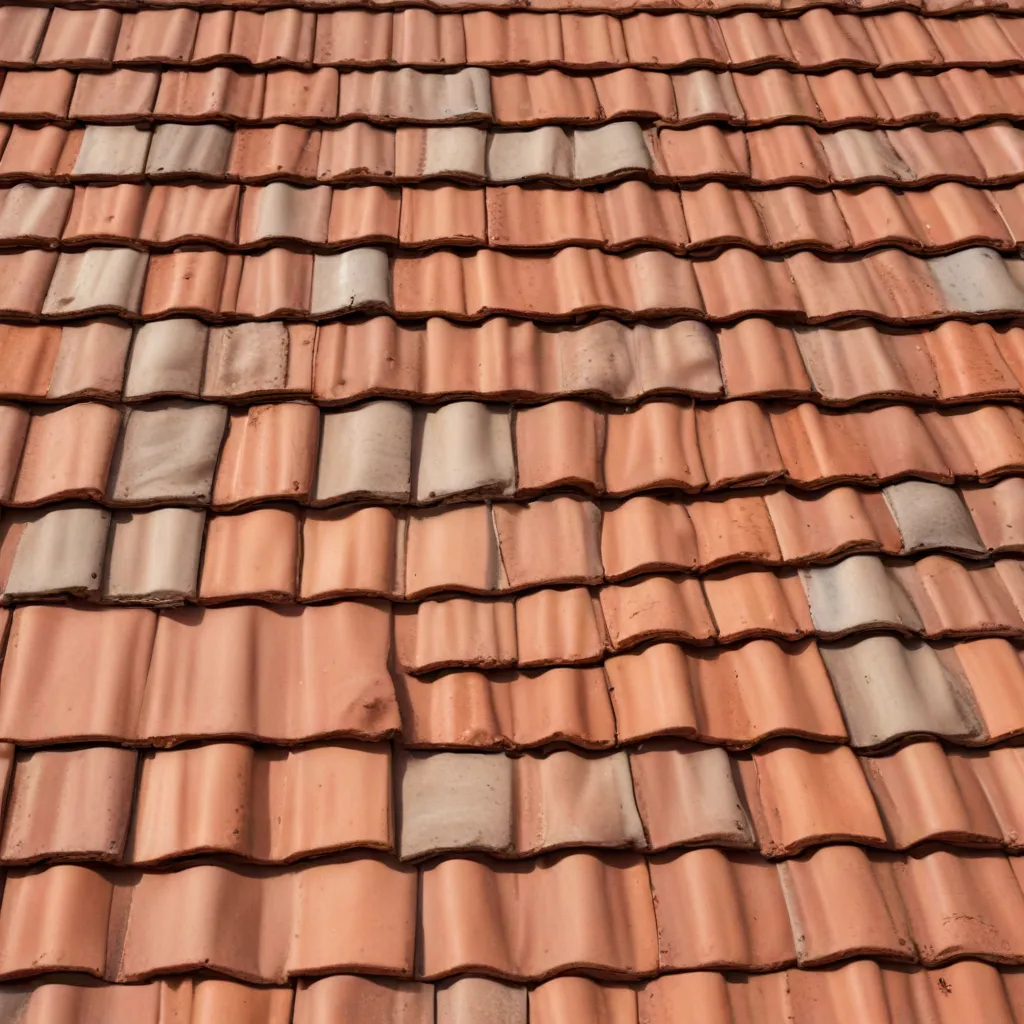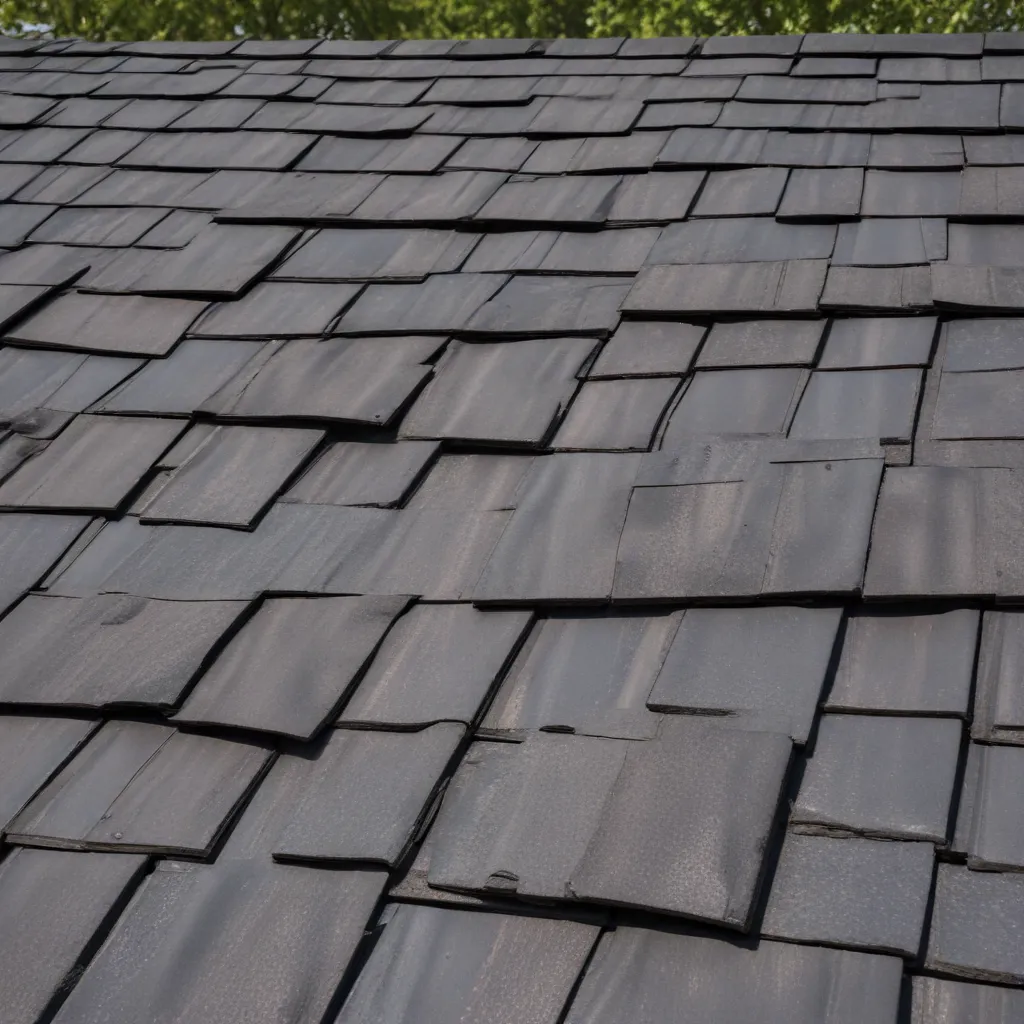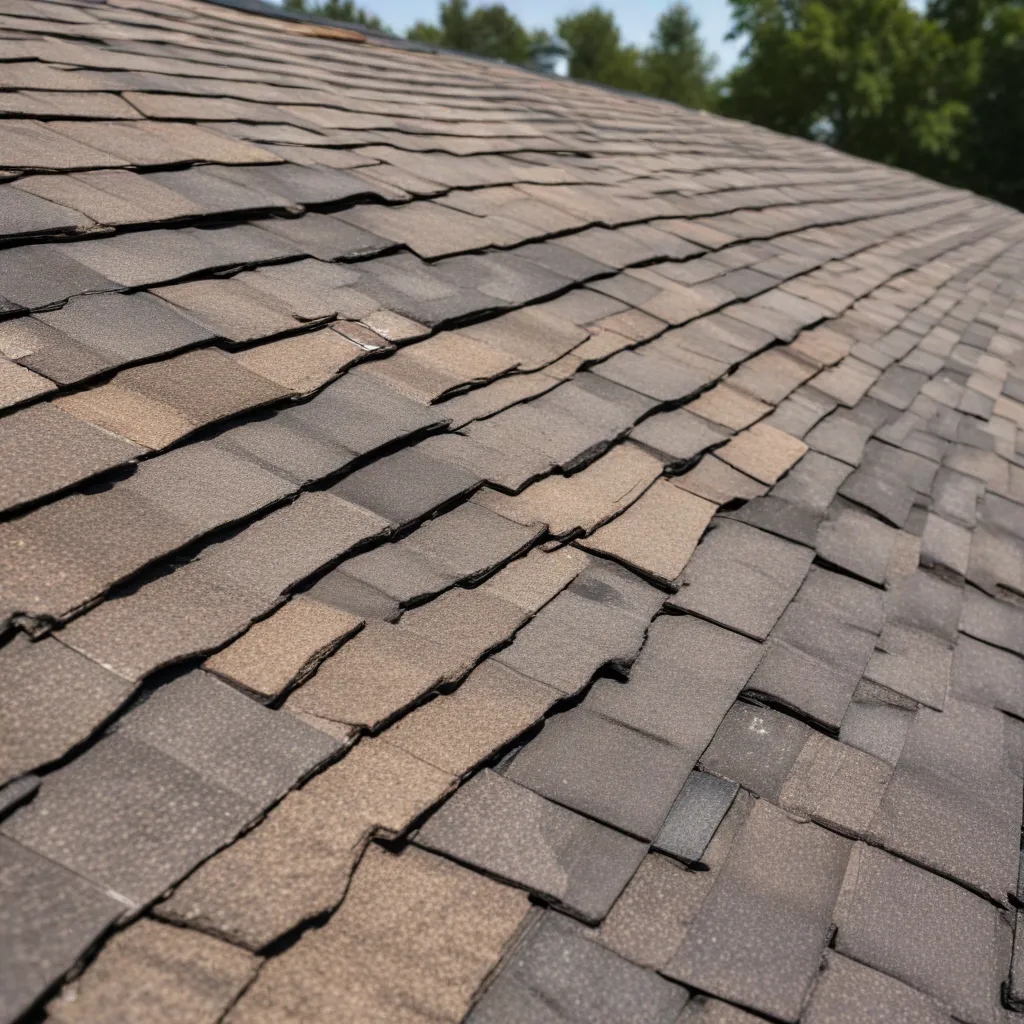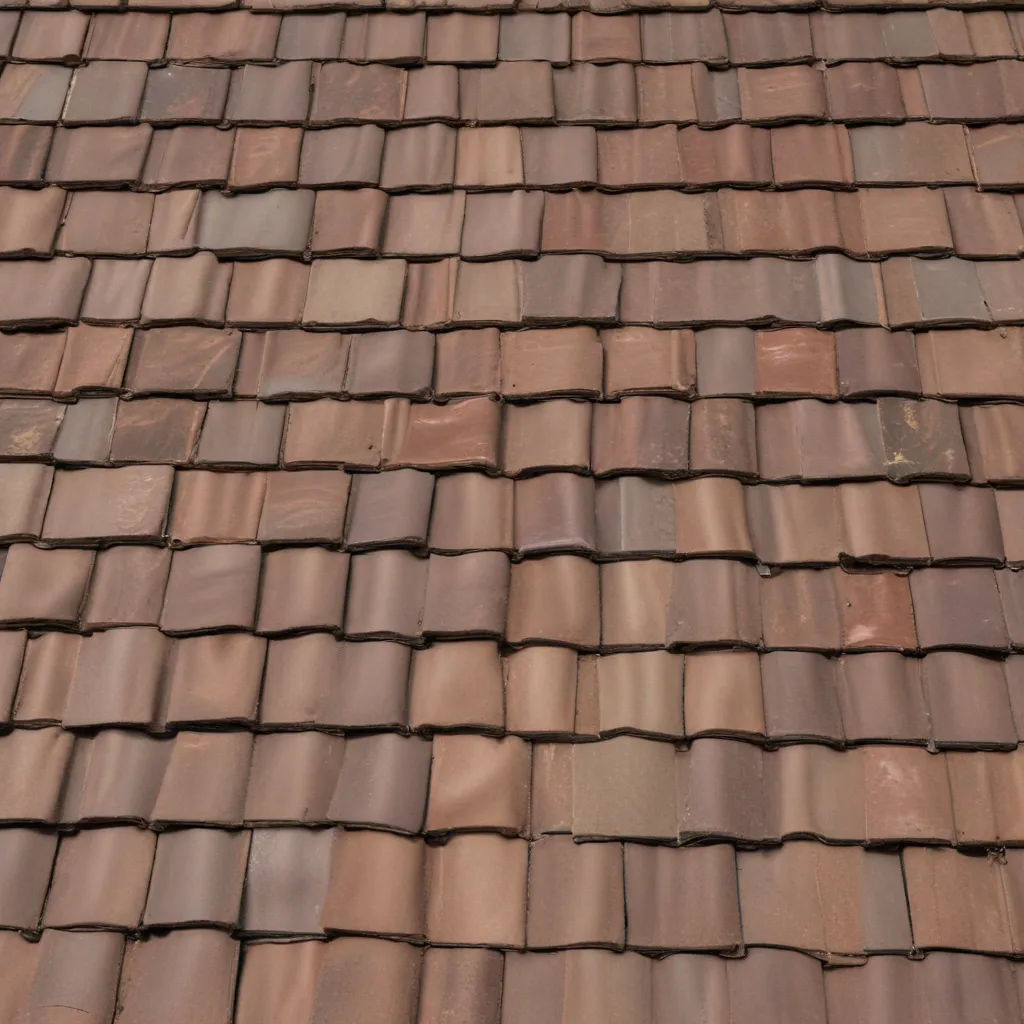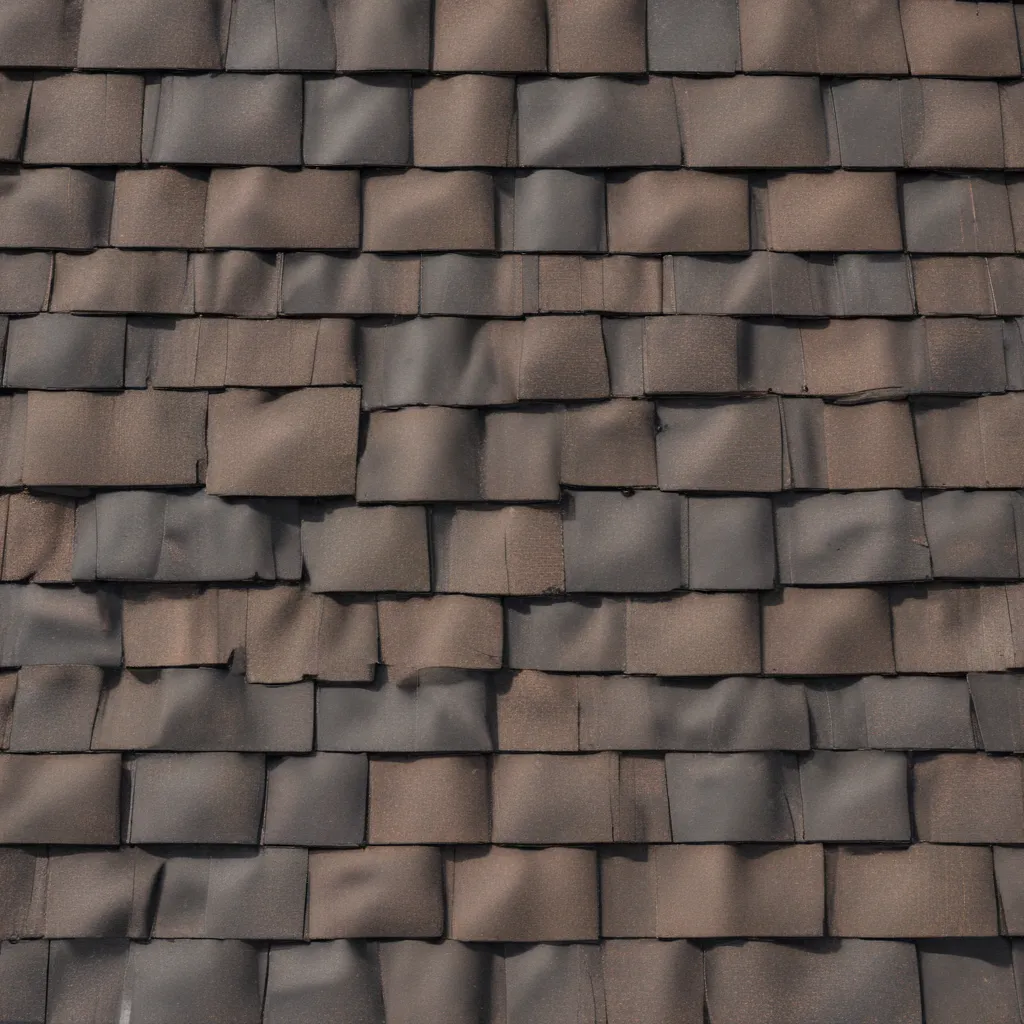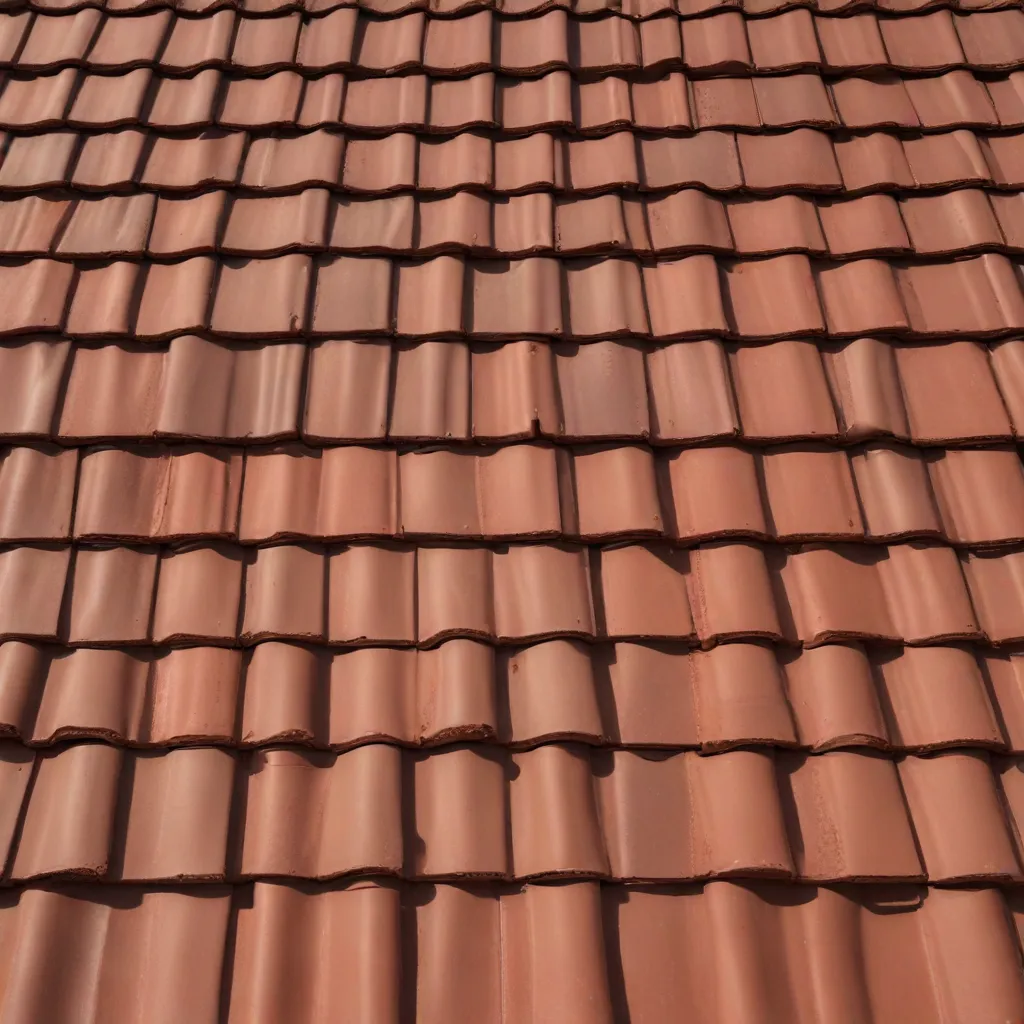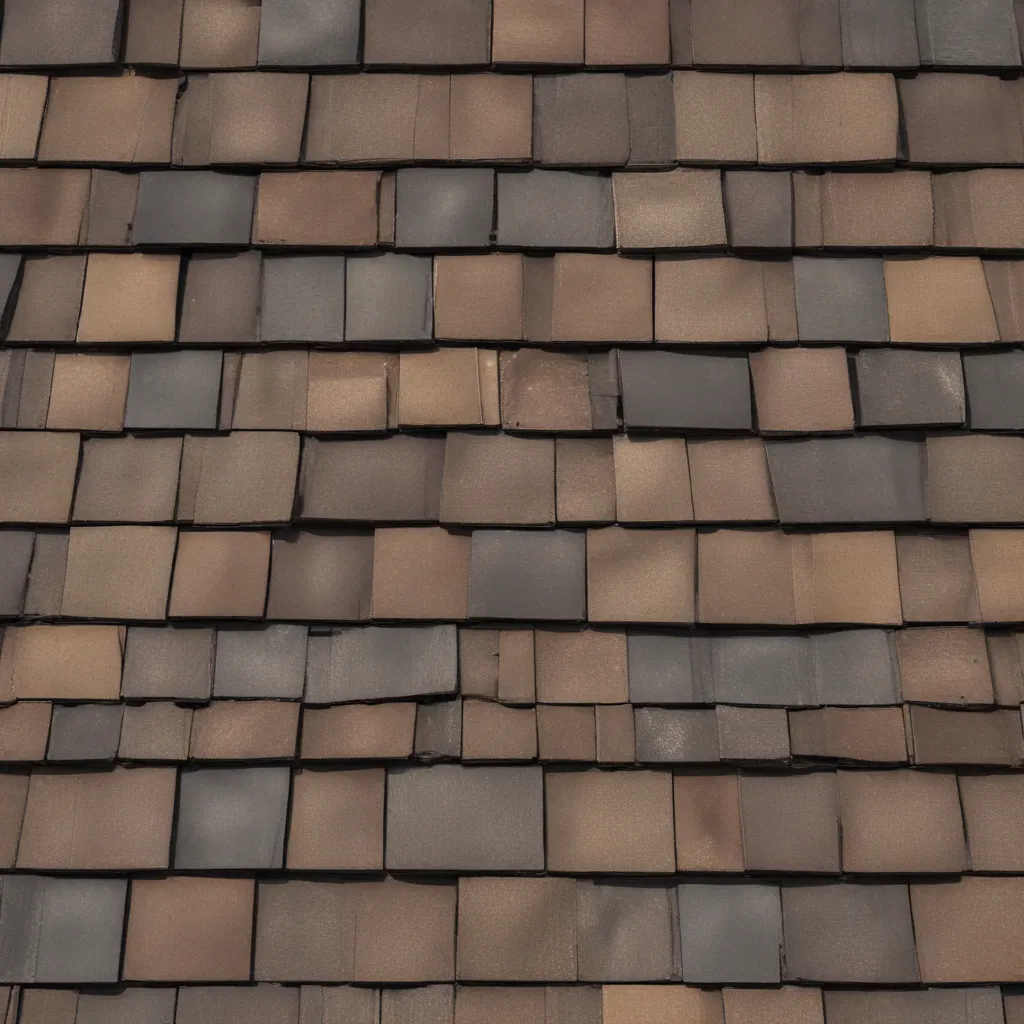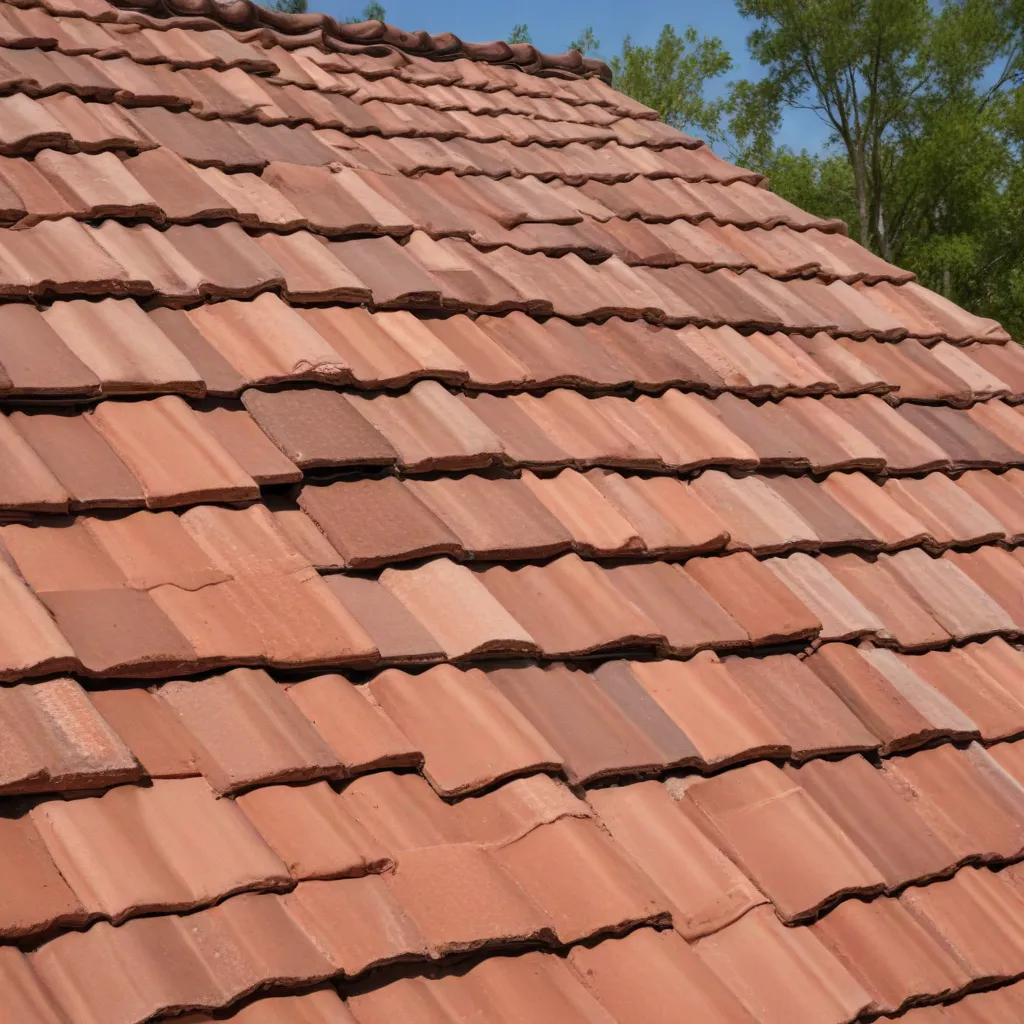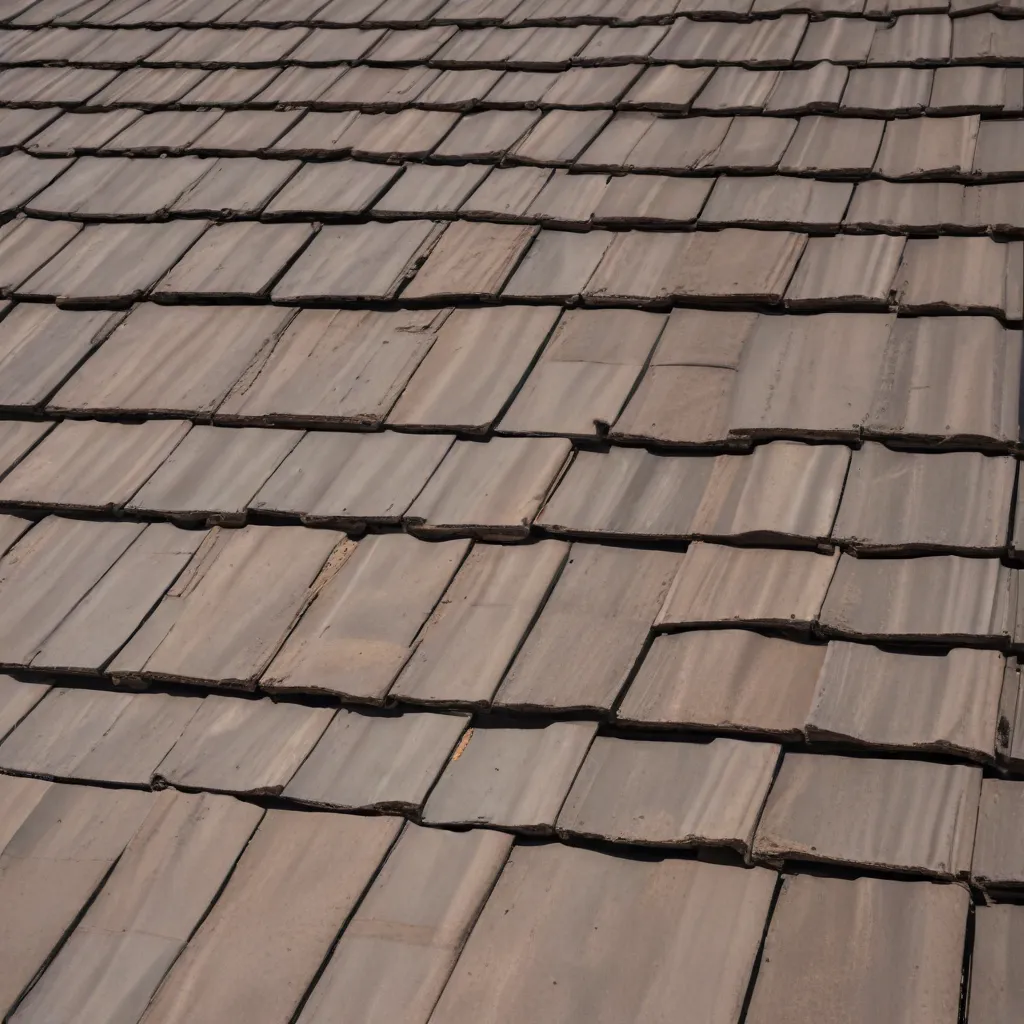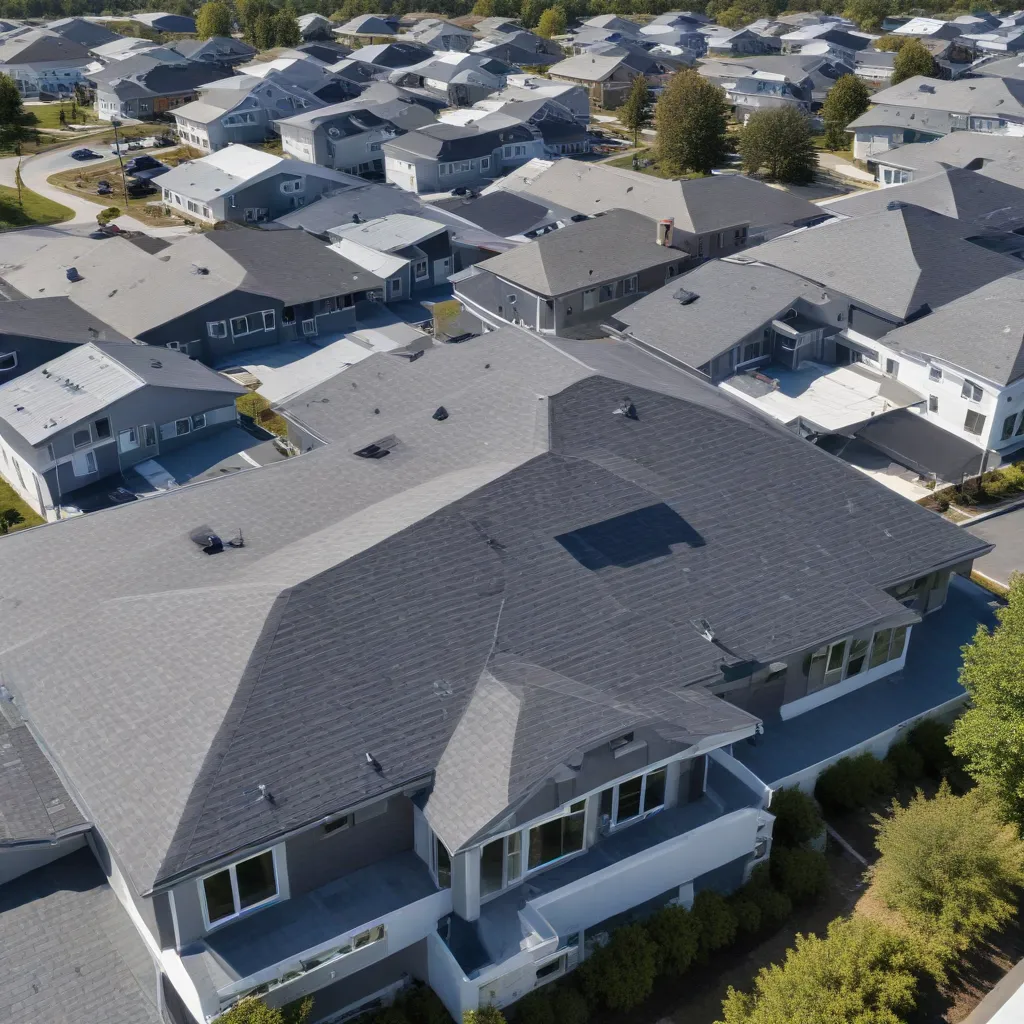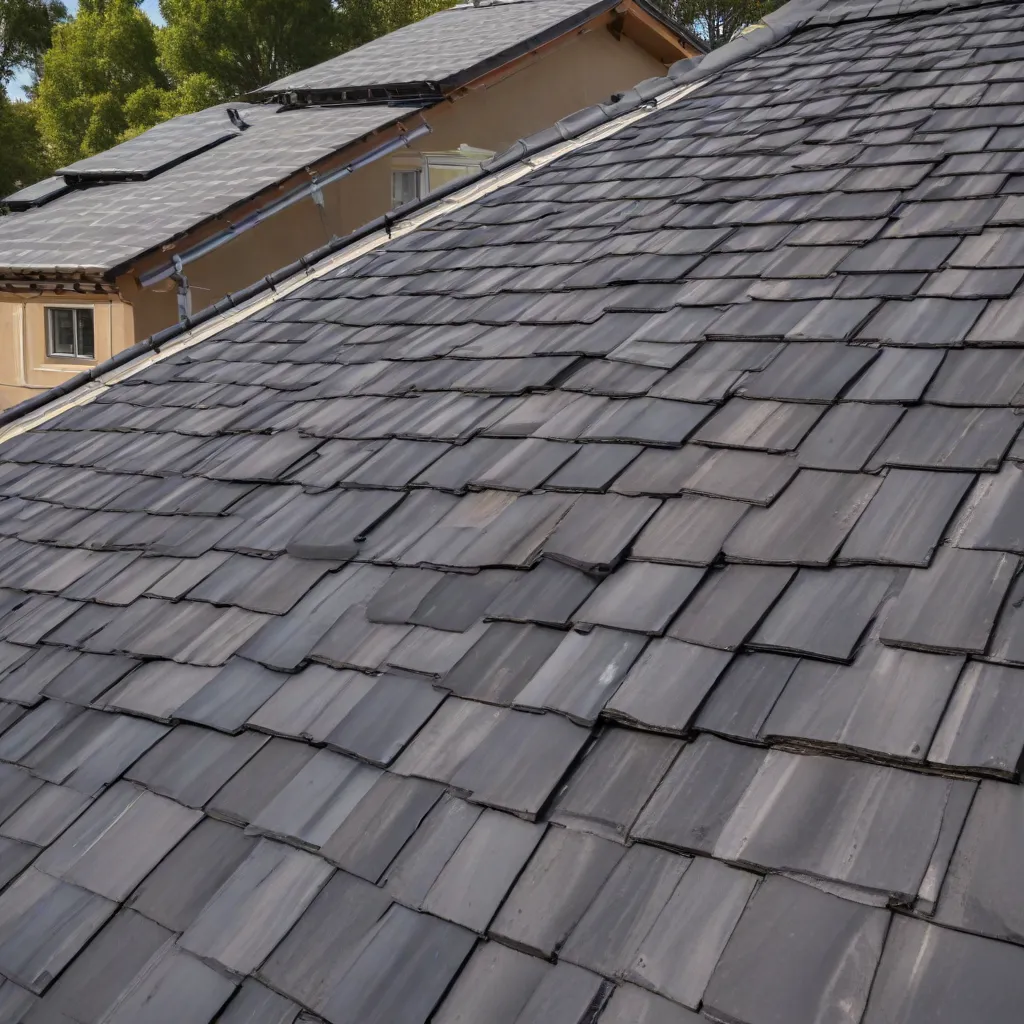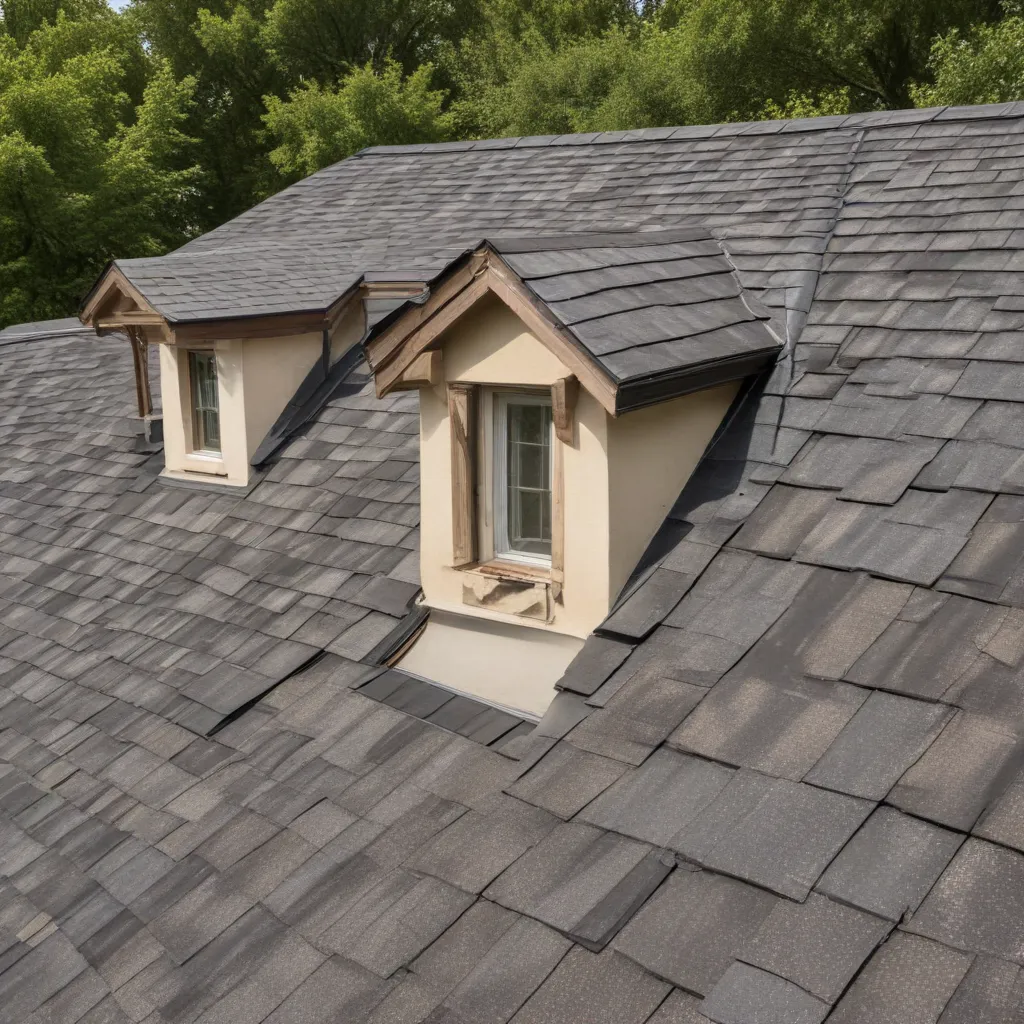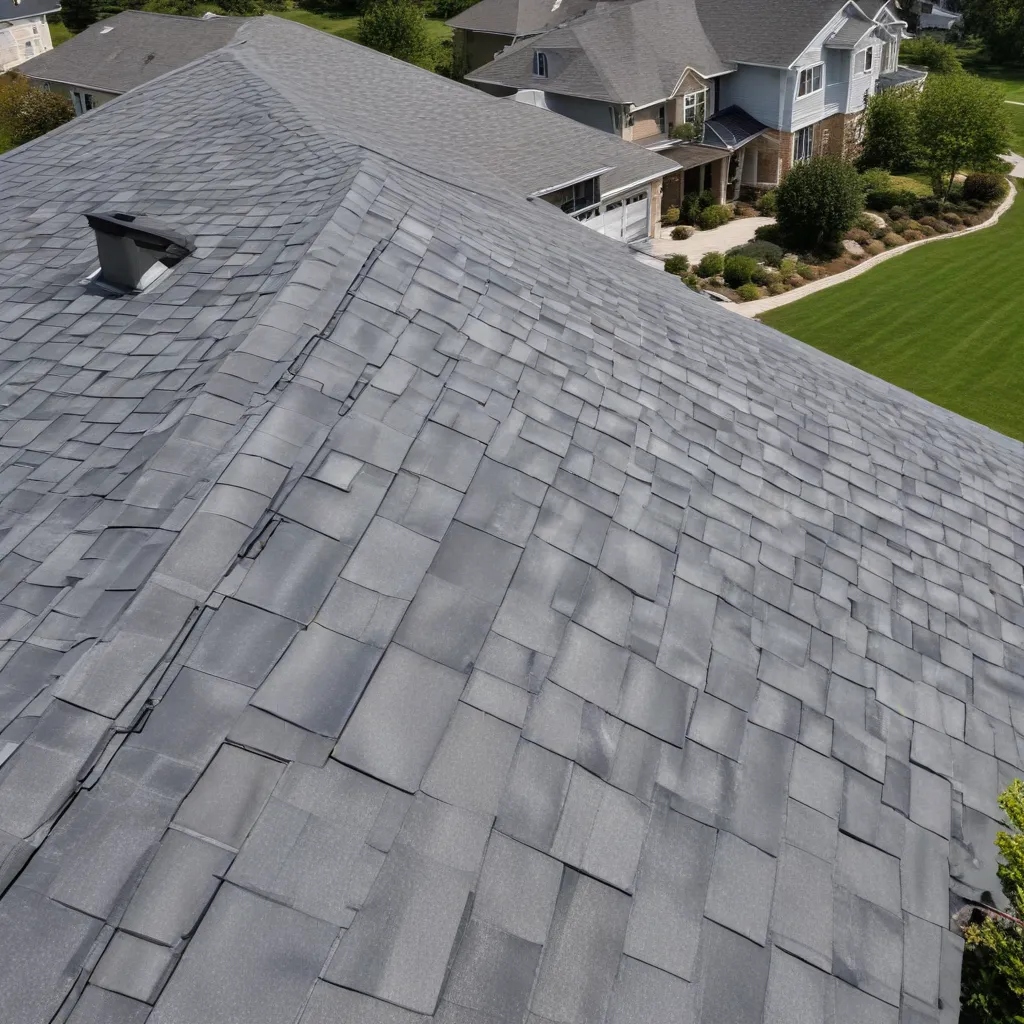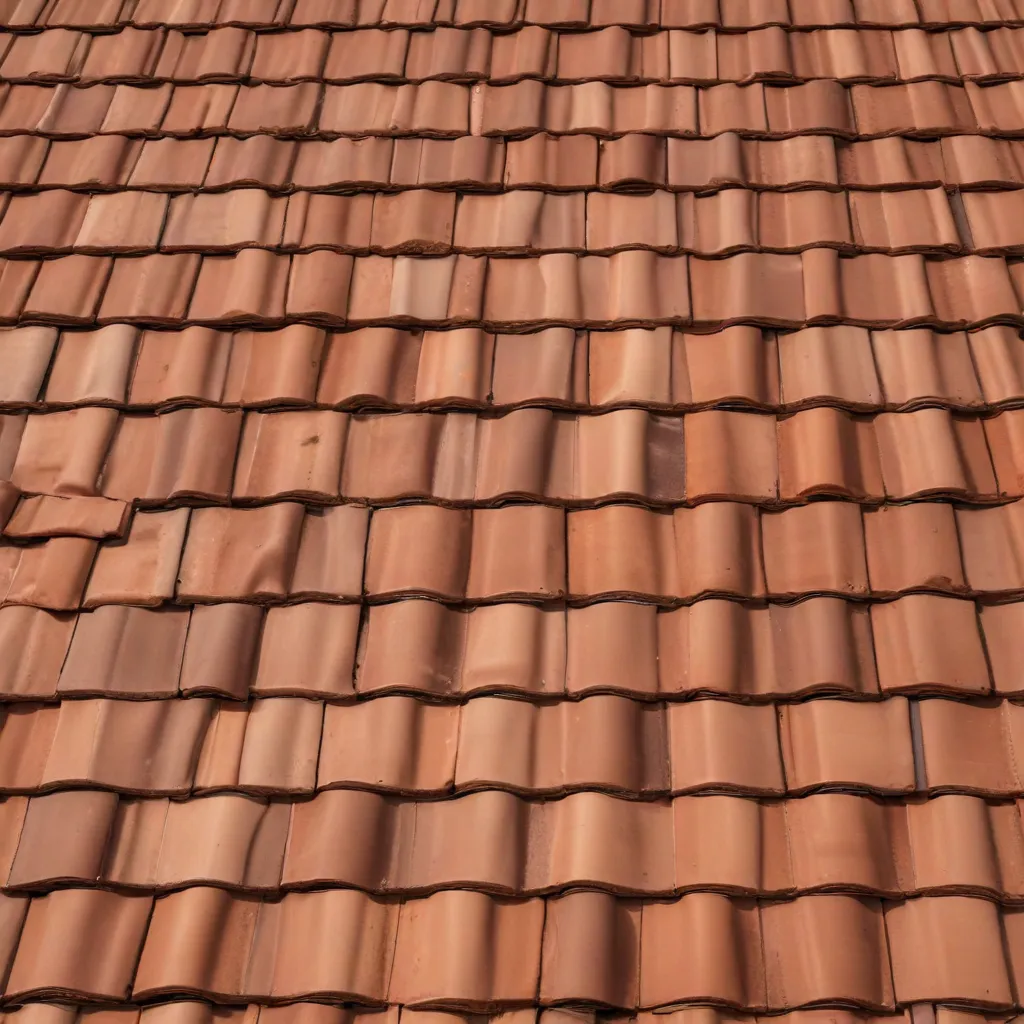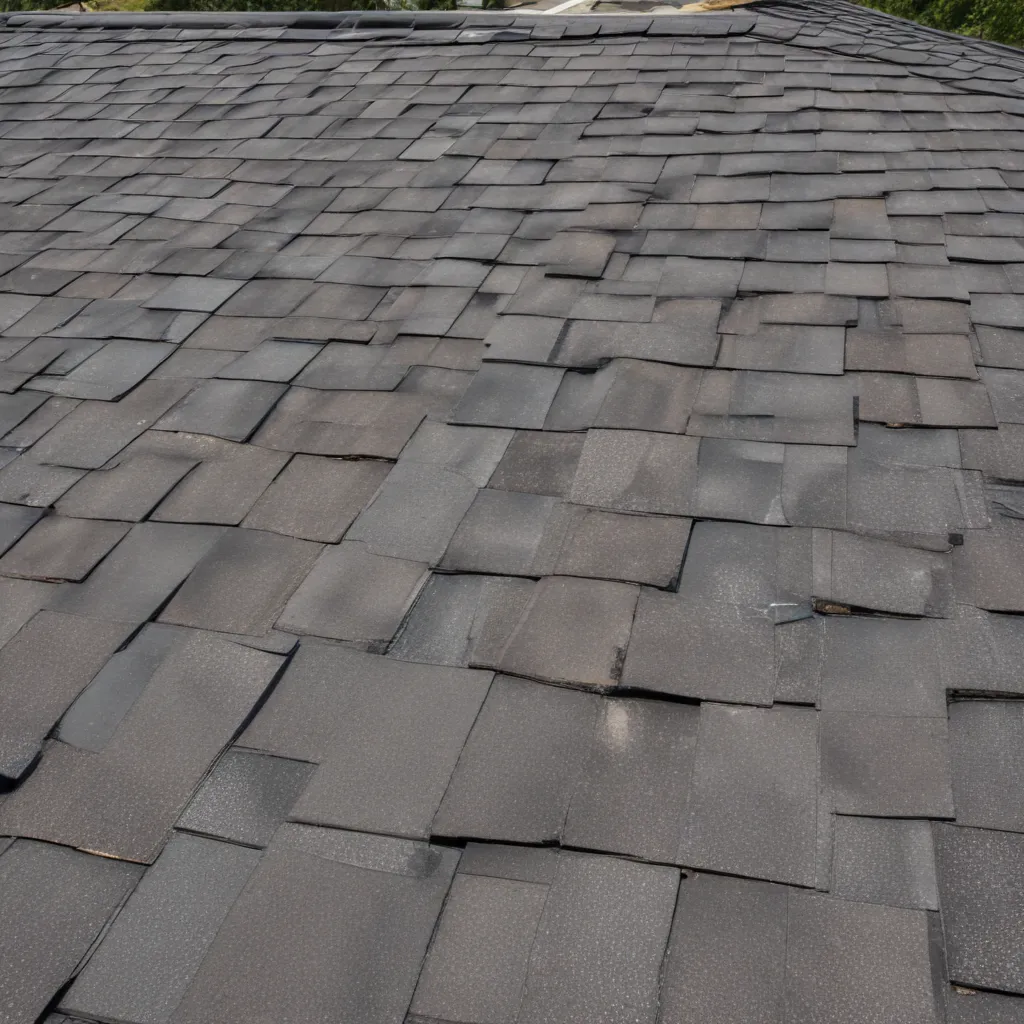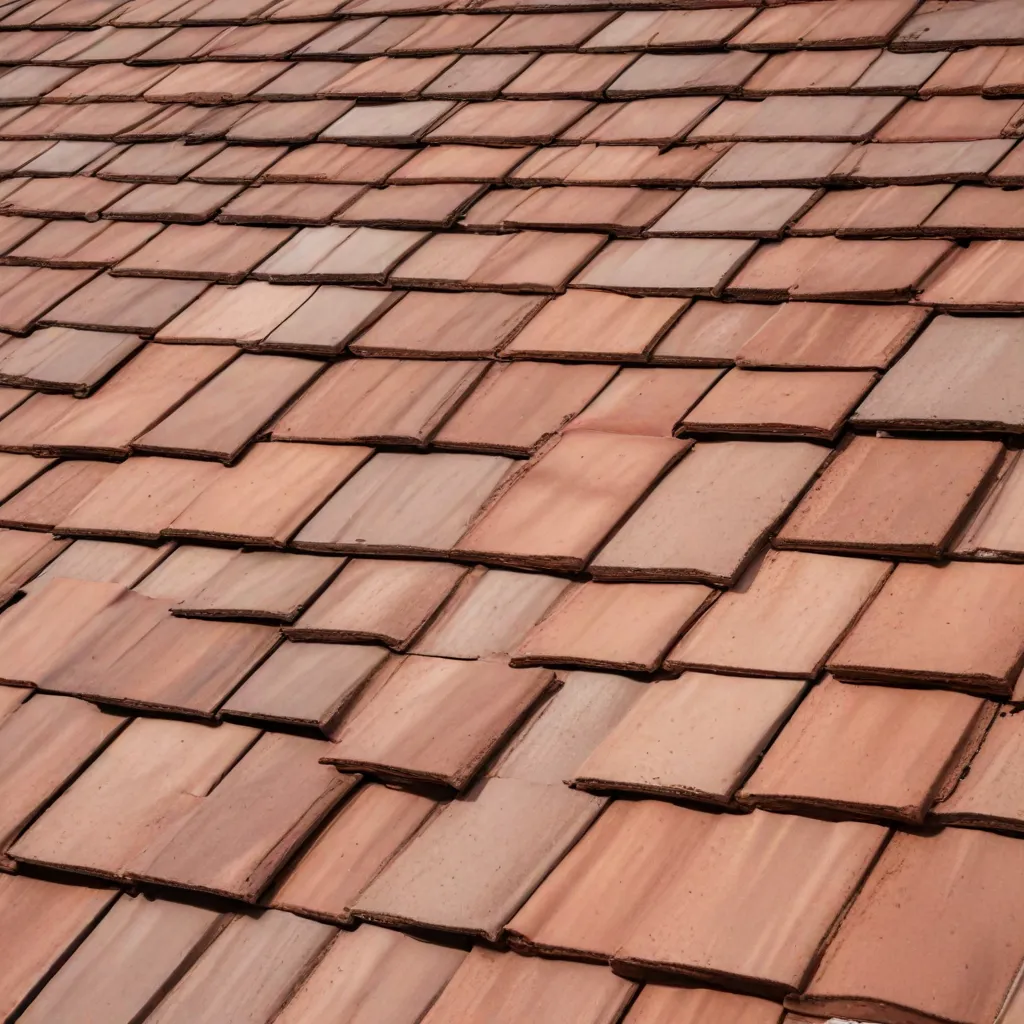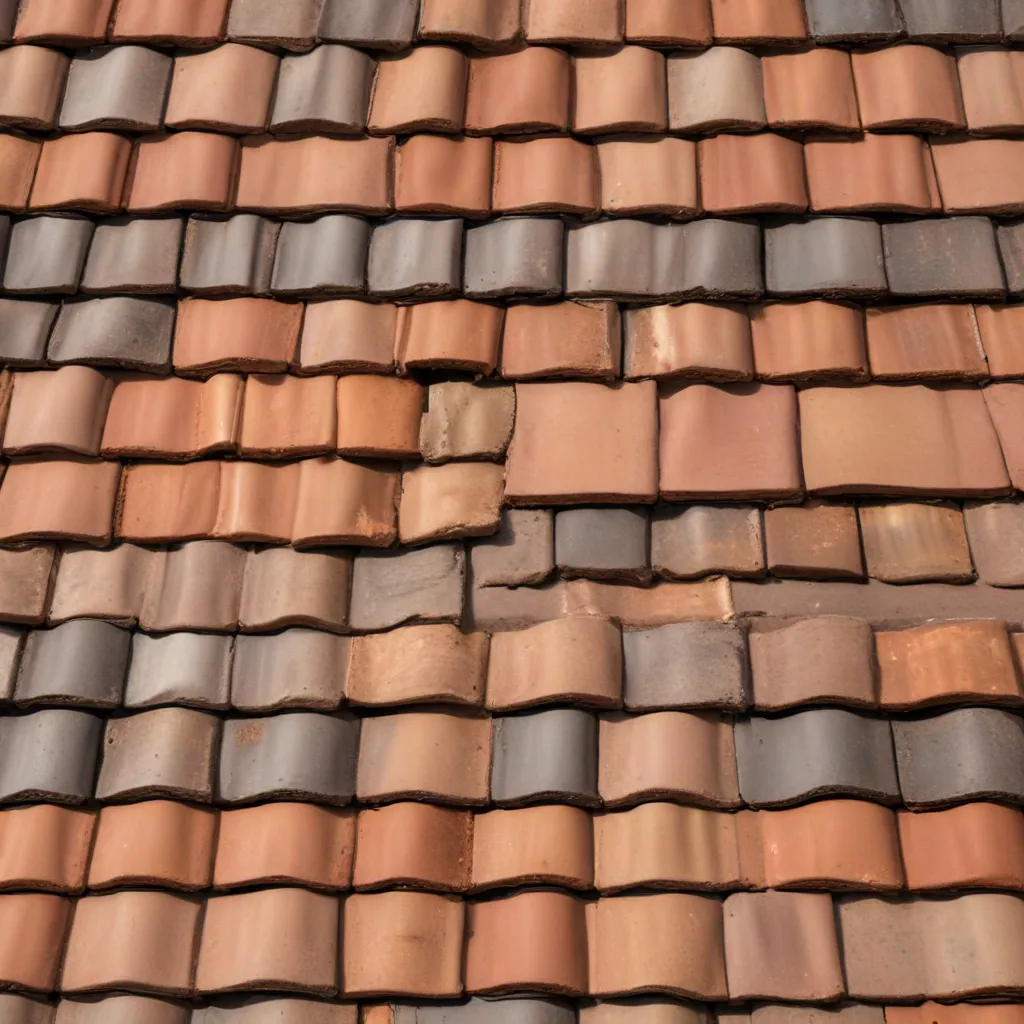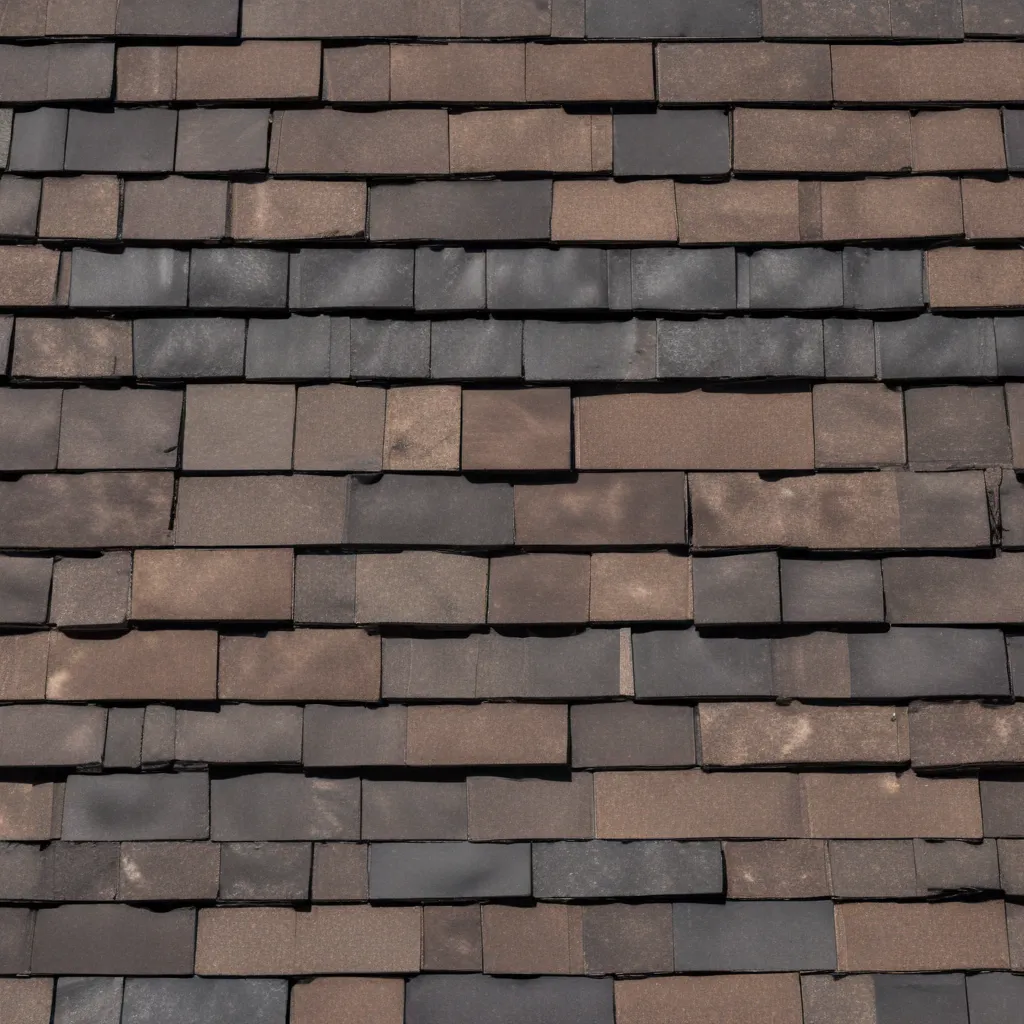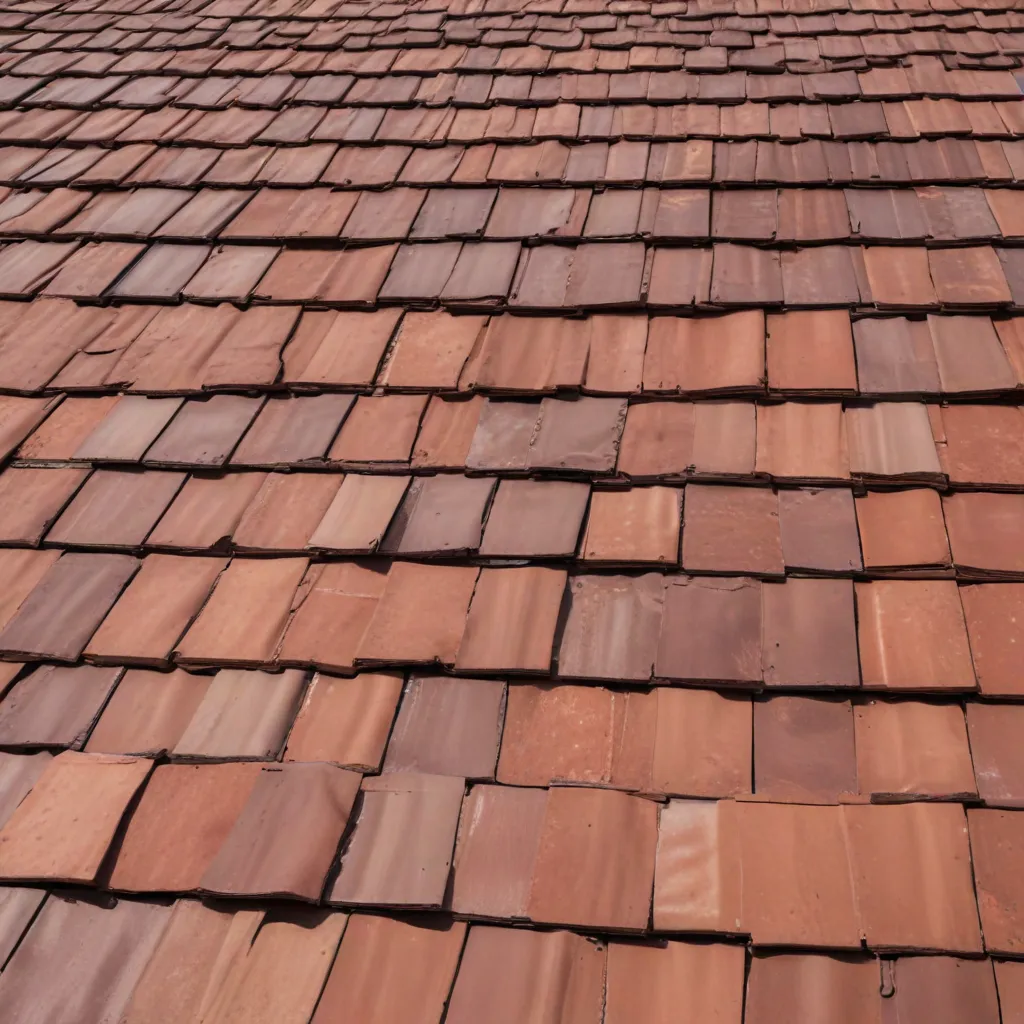Are you a homeowner worried about the lifespan of your roof? Do you want to avoid expensive repairs and replacements? Look no further! In this comprehensive guide, we will reveal the secret to extending the lifespan of your roof through DIY repairs. With a little bit of knowledge and some basic tools, you can save money, increase the longevity of your roof, and protect your home from potential damage. Let’s dive in!
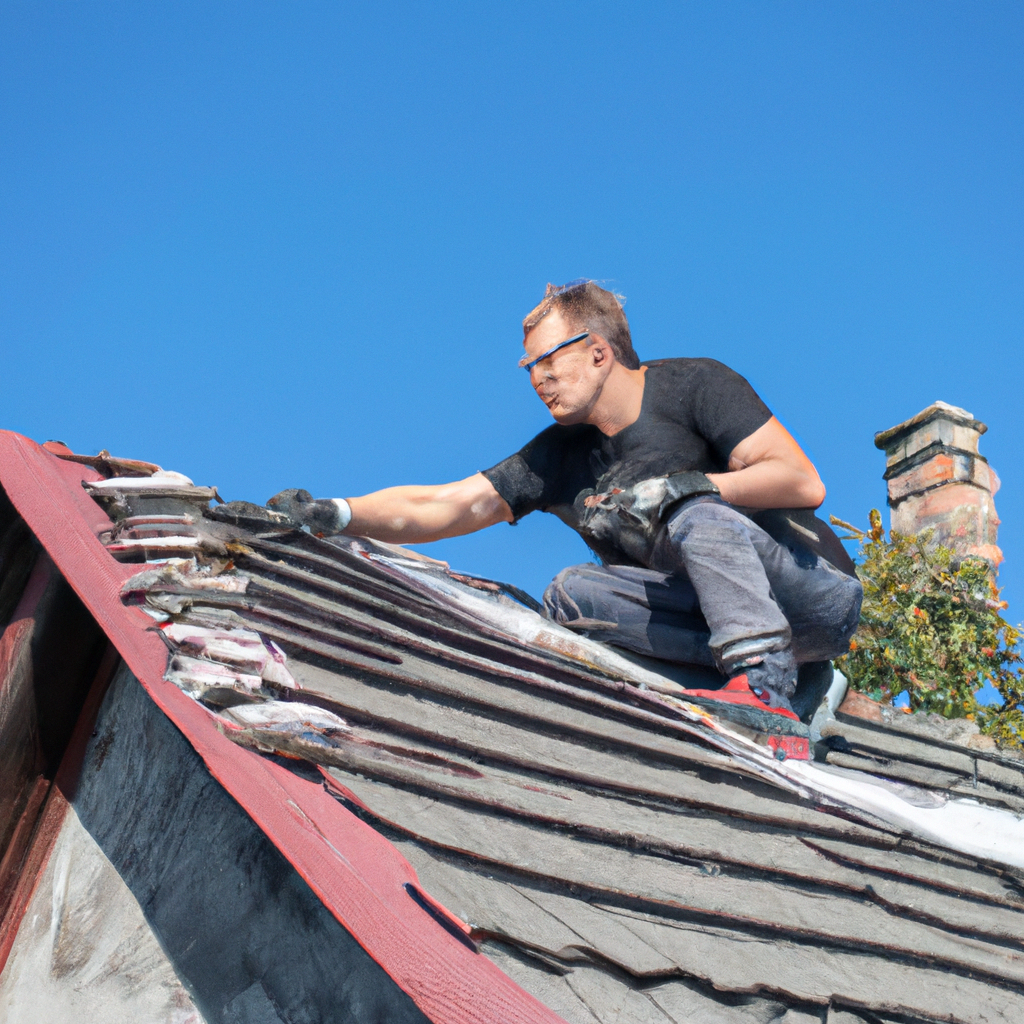
Understanding the Importance of Roof Maintenance
Your roof is your home’s first line of defense against the elements. It shields you from rain, snow, wind, and harsh sunlight. However, over time, it can become damaged due to weather conditions, lack of maintenance, or other external factors. Regular roof maintenance is crucial to ensure its longevity and effectiveness.
Assessing the Condition of Your Roof
Before you begin any DIY repairs, it’s important to assess the condition of your roof. Look for signs of damage, such as cracked or missing shingles, leaks, or sagging areas. Inspect the attic for any signs of water stains or mold growth, as these indicate potential roof issues. By identifying the problems early on, you can prevent further damage and save money in the long run.
DIY Roof Repairs: Tools and Safety Precautions
To successfully repair your roof, you’ll need a few essential tools. These include a ladder, roofing hammer, utility knife, roofing nails, roofing cement, and replacement shingles. Additionally, it’s crucial to prioritize safety. Ensure you have a sturdy ladder, wear appropriate protective gear such as gloves and safety goggles, and work on a clear, dry day to minimize the risk of accidents.
Fixing Damaged Shingles
One of the most common roof issues is damaged shingles. Whether they are cracked, curled, or missing, it’s important to address these problems promptly. Start by removing the damaged shingles using a roofing hammer and utility knife. Carefully lift the surrounding shingles and apply roofing cement to the exposed area. Next, slide the new shingle into place and secure it with roofing nails. Repeat this process for any other damaged shingles.
Sealing Leaks and Preventing Water Damage
Leaks are a major concern when it comes to roof maintenance. They can lead to water damage, mold growth, and structural issues if left unattended. To seal a leak, locate the source by inspecting the attic during a rainy day. Once identified, mark the area and wait for it to dry. Apply roofing cement generously to the affected area, ensuring proper coverage. Consider reinforcing the seal with a patch or additional layer of cement for added protection.
Maintaining Gutters and Downspouts
Properly functioning gutters and downspouts are essential for diverting water away from your roof and foundation. Clogged or damaged gutters can lead to water accumulation and potential roof damage. Regularly clean out debris from gutters and ensure downspouts are clear and directing water away from your home. Consider installing gutter guards to prevent future clogs and reduce the need for frequent maintenance.
Preventing Moss and Algae Growth
Moss and algae growth not only compromise the aesthetics of your roof but also contribute to its deterioration. To prevent their growth, trim overhanging tree branches that provide shade and retain moisture. Clean your roof periodically using a mild detergent and water solution, or invest in moss and algae-resistant shingles. Applying a zinc or copper strip along the ridge can also inhibit the growth of these unwanted organisms.
Conclusion
Congratulations! You’ve discovered the secret to extending the lifespan of your roof through DIY repairs. By regularly assessing the condition of your roof, fixing damaged shingles, sealing leaks, maintaining gutters, and preventing moss and algae growth, you can significantly increase the longevity of your roof and avoid costly repairs. Remember to prioritize safety, use the right tools, and consult a professional for complex repairs or if you’re unsure about tackling a specific issue. With proper care and maintenance, your roof will continue to protect your home for years to come. Happy repairing!

